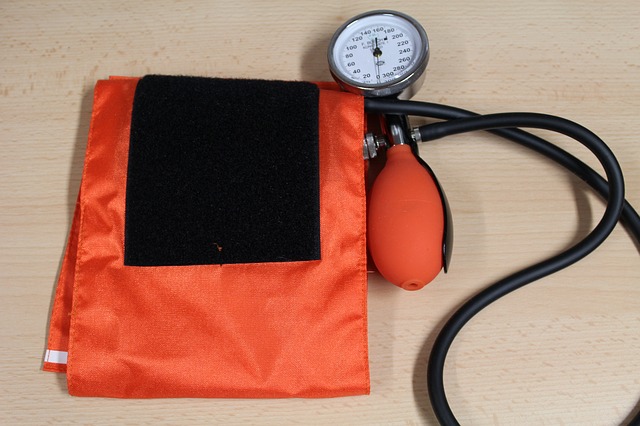I’m now a week into my four-week elimination diet, an experiment that requires that I take my blood pressure twice a day and record it for the amusement of my doctor, The Guy In The White Coat. This is ostensibly designed to give me some incentive to (1) stay on the straight and narrow (no alcohol, sugar, wheat, dairy, or caffeine) and (2) call an ambulance if that number should spike into uncharted territory.
Here’s what I’ve learned so far: My BP number in the morning is typically in the ballpark of what TGITWC tells me is the normal range (below 140/80). At bedtime, it tends toward the high side (160-something/90-something), except when it doesn’t (135/80 the other night). Also, if I’m not happy with the results, it always helps to just slap the cuff on again and give it another go. Invariably, the number will come down. Just this evening, my first reading came in at 170/88; upon further review, it fell to 149/77.
So, do I have a problem with high blood pressure? Possibly — most folks see their BP rise by the time they get to my age. And back in my younger days, doctors didn’t worry too much about it. Because our arteries stiffen as we get older, they figured the more pressure the better likelihood that blood would actually reach our geezer brains in a timely manner. I can actually recall a time when the conventional view was that a healthy systolic BP could be calculated by adding 100 to your age.
By that formula, I suppose I’d be in pretty good shape. But something about this numbers game rubs me the wrong way. And, to hear Gina Kolata tell it, I’m not alone. In last week’s New York Times, Kolata described the long-running controversy in the medical community over the whole blood pressure thing. Some docs want your number under 150, others under 140, and still others under 120.
“We all know treating hypertension is good, but we don’t know how aggressive we should be,” Michael Lauer, MD, director of the Division of Cardiovascular Sciences at the National Heart, Lung and Blood Institute, told Kolata. That’s because the guidelines keep changing. The only constant in the last 40 years has been the view that prescription drugs are the best way to bring those numbers down.
But even that strategy has its critics. By focusing on a single number rather than a patient’s overall health, doctors may be missing the point, said William Cushman, MD, chief of preventive medicine at the V.A. Medical Center in Memphis. “The epidemiology is consistent that having a systolic pressure of 120 or even below 120 is associated with reduced cardiovascular mortality,” Cushman explained. “But that doesn’t necessarily mean that treating with medications to reach that level will give you that benefit.”
The problem for doctors like Lauer and Cushman — and my own GITWC — is that they tend to be governed by the results of big studies. And another big one is heading their way in 2017. If the National Institute on Aging’s SPRINT study shows that guys like me need to be seeing readings below 120 on their blood-pressure tests, the pressure to push statins on us will spike like my BP does when I’m in the doctor’s office.
This would not be good — for me or for all those doctors out there who are just as confused about these numbers as I am.

This Post Has 0 Comments